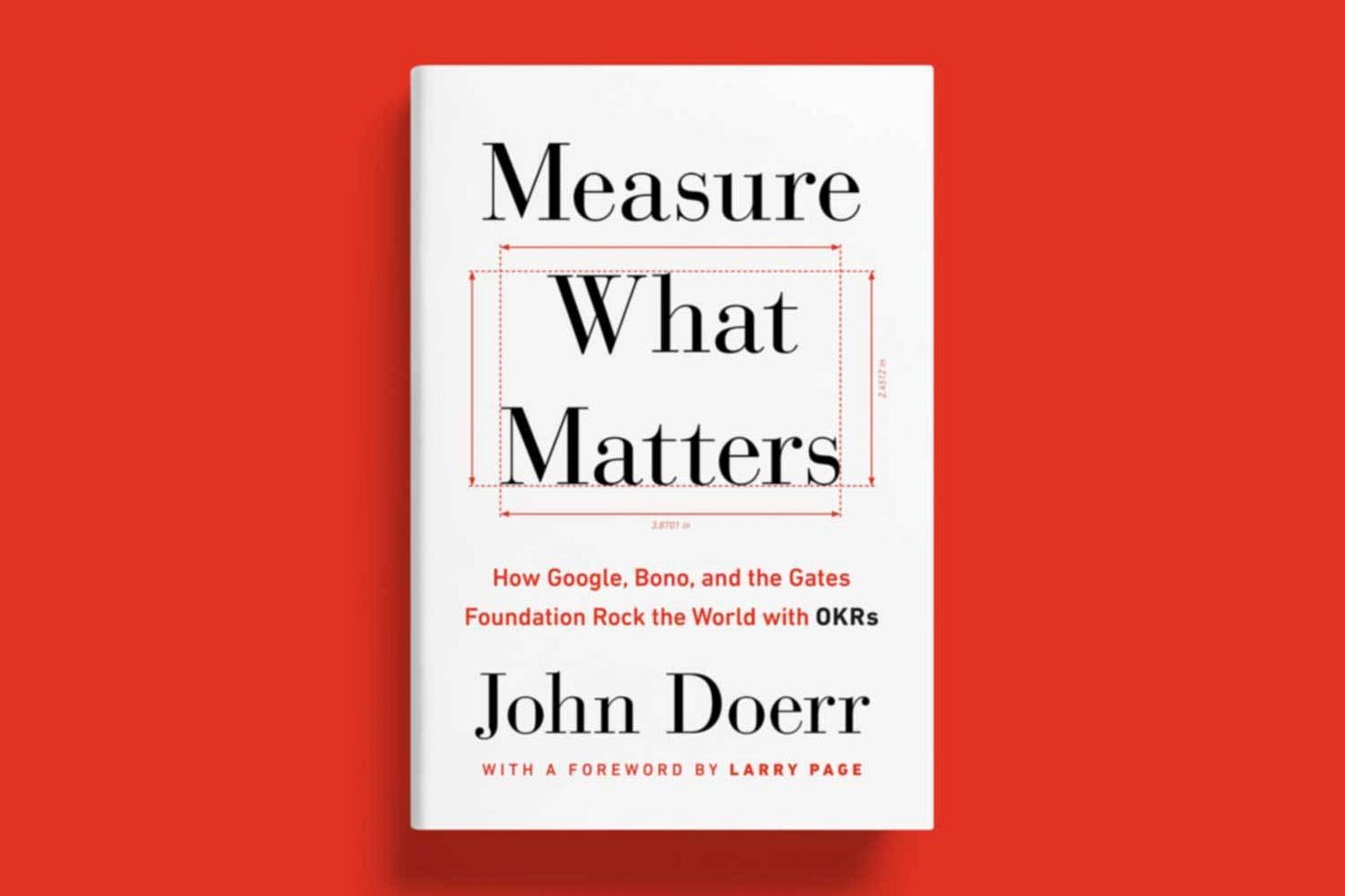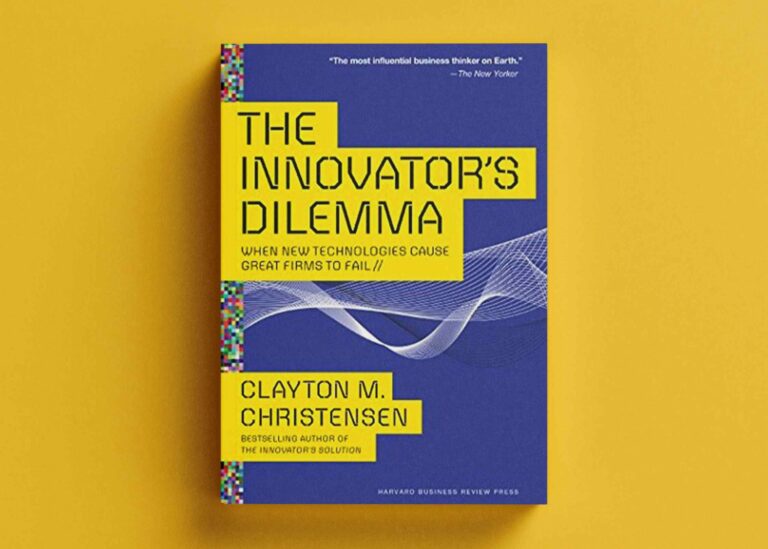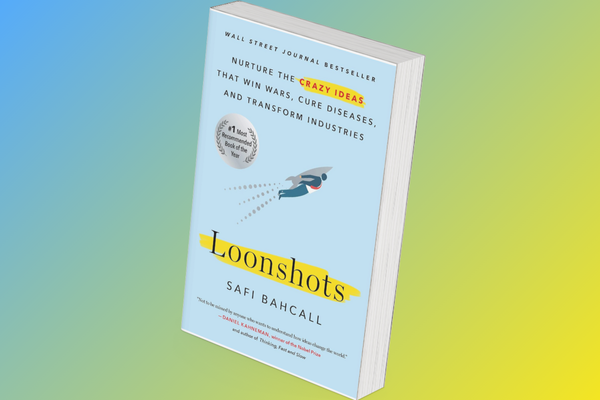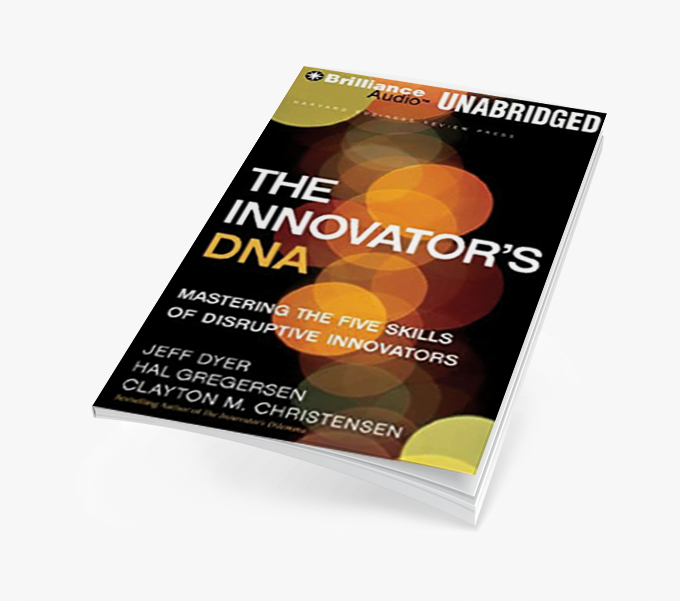Why the world’s best innovators don’t just dream big—they measure what matters.
The Discipline Behind Ambition
Every visionary leader has a north star. But without a structure for focus and feedback, even the brightest vision fades into corporate noise. John Doerr’s Measure What Matters—based on his experience at Intel and mentorship of Google’s founders—offers a deceptively simple solution: Objectives and Key Results (OKRs).
An Objective is what you want to achieve.
A Key Result is how you’ll know you’re getting there.
Simple, yes. But the genius of OKRs lies in how they institutionalize alignment, allowing even fast-moving teams to rally behind measurable outcomes.
In a world where innovation moves faster than governance, OKRs give leaders a way to measure momentum without killing creativity.
Focus, Alignment, and Accountability
Doerr identifies three forces OKRs unleash:
- Focus and commitment to priorities
- Alignment and teamwork
- Tracking and accountability
When Google first adopted OKRs, the company was a few dozen people working in a garage. Within months, they were using OKRs to synchronize efforts across engineering, product, and marketing—embedding clarity into chaos.
This clarity drives organizational self-awareness. Every employee can see how their goals ladder up to the company’s mission. In innovation ecosystems like the UAE, where national visions translate into sectoral strategies, OKRs offer a parallel: a disciplined method to translate ambition into measurable economic transformation.
Radical Transparency Builds Trust
Doerr argues that transparency is the oxygen of OKRs. When objectives are visible across an organization, teams start working with trust and purpose—not politics.
Intel’s Andy Grove famously made OKRs public within the company, reinforcing a culture where results mattered more than hierarchy. This democratization of performance built the foundation for Silicon Valley’s meritocratic ethos.
Transparency is not just a management tool—it’s a cultural multiplier. In innovation economies, where cross-sector collaboration and rapid iteration are essential, OKRs can act as a trust protocol: a shared language for progress.
Stretch Goals and the Innovation Mindset
Doerr emphasizes “stretch” OKRs—ambitious goals that force teams to innovate, not just execute. At Google, these goals were designed to hit 70% success, not 100%. Failure was a sign of courage, not incompetence.
This balance between aspiration and accountability fosters what Doerr calls a “healthy tension”—the psychological space where creativity thrives under constraint.
For innovators, this is gold. Stretch OKRs mirror the innovation paradox: you need structure to go beyond structure. The same principle applies in national innovation strategies—visionary goals (net-zero, AI leadership, diversification) must be paired with measurable pathways.
Lessons for the Future-Focused Leader
Measure What Matters is not a management fad; it’s a framework for value creation through clarity. For leaders in fast-evolving markets—especially where innovation and public policy intersect—OKRs can transform how progress is defined, tracked, and celebrated.
Key takeaways:
- Make ambition visible. Write down your objectives. Make them public.
- Measure relentlessly. If it can’t be tracked, it won’t be improved.
- Celebrate learning. Missed OKRs are data, not failure.
- Review regularly. OKRs are living documents, not annual checkboxes.
By measuring what matters, organizations bridge the gap between visionary thinking and operational excellence—the essence of sustainable innovation.
Looking Ahead
In the next decade, as organizations blend human creativity with AI-driven analytics, OKRs could evolve into intelligent dashboards for strategic learning. Imagine a future where machine learning models adjust OKRs dynamically based on real-time performance data—aligning teams faster than quarterly reviews ever could.
That’s the frontier: not just managing performance, but teaching organizations to learn from their own data.
Follow Tomorrowist for more insights on innovation, deep tech, and value creation.






